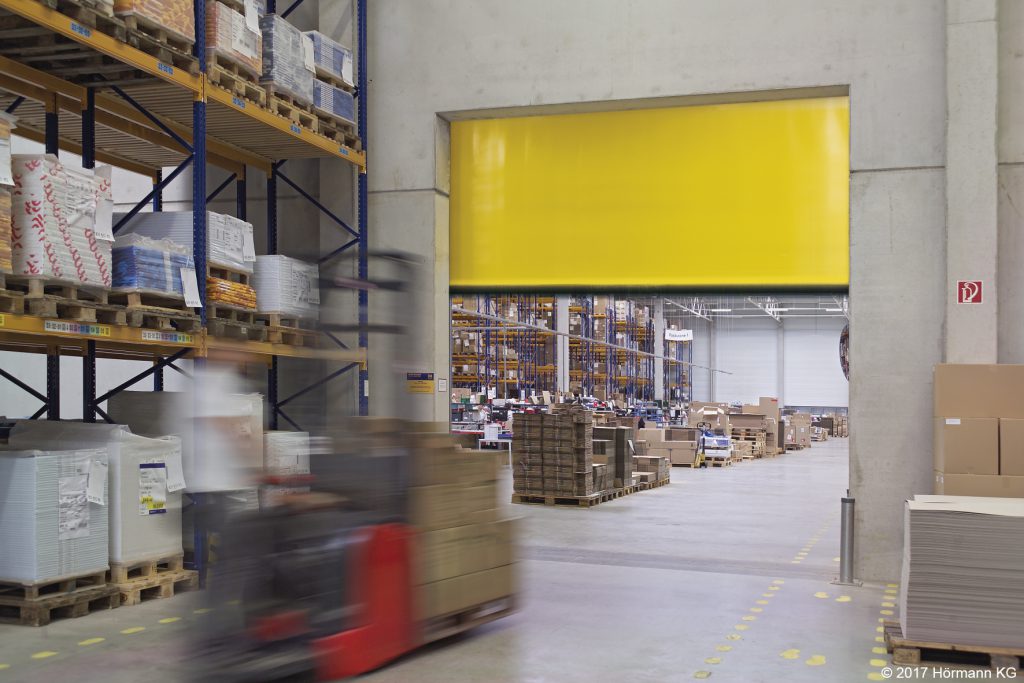Industry Insight: Planning For Peak Retail Demand
20th October 2017

A personal view by Sebastien Sliski, General Manager Supply Chain Solutions, Zetes:
Planning for peak periods can often be a stressful time for retailers; teams across the business will be rallying around in a bid to prepare for what are often seen as the busiest times of the year, to which there are quite a few. Analysts will be comparing the previous year’s peaks with those expected for the current year, HR will be looking at temporary recruitment and IT managers will be looking at the technology and systems in place to ensure the business is as prepared as it can be. Fundamentally, there is nothing wrong with this methodical approach to planning for peaks, but it won’t necessarily be the most cost-effective or efficient.
Peak periods should no longer pose the problems or incite the panic they used to. Whether retailers need to introduce temporary staff or invest in equipment, when intuitive and agile solutions are put in place, they are able to scale up and down for short periods of time without an important impact on their IT infrastructure.
It is however, important that retailers do not focus the majority of their attention on just the busiest times. Upon reviewing processes that are in operation throughout the year, the entire supply chain should be agile enough to automatically react to increased demand efficiently regardless of whether it is going through a peak in demand or not. When attempts are made to simply rebuild solutions specifically around potential peaks, retailers risk things going wrong as they’re not necessarily likely to get the same consumer response year to year, and can’t guarantee their systems will cope.
Adding flexibility and increased visibility
Together, cloud technology and end to end supply chain visibility has the power to revolutionise retail solutions. As a result of its wider adoption, it has been made easier for retailers to flex appropriate capacity and capability in the warehouse, on the road or in the store.
Not being so heavily reliant on the use of a particular device, or number of devices allows retailers to introduce a mix of solutions as and when needed. However, this can only be achieved if the right systems are put in place to allow complete flexibility and visibility throughout the entire supply-chain. For example, a key trend that is emerging within supply chain operations, from the warehouse right through to the shop floor, is the rental of handheld devices. These can be brought in at very short notice and if a retailer has invested in a cloud-based solution it will be able to scale up with extra devices and have these added to an existing system almost instantaneously. If they were to overhaul or implement an entire Warehouse Management Systems (WMS) to absorb important peaks this would introduce long-term fixed assets, which would not only be costly but could take long periods of time to install.
When it comes to planning for peak, agility is key. Retailers need to have the flexibility to react not just to peak times but also to the quieter periods throughout the year. Importantly, this can be done without a rip and replace approach to existing legacy systems or the need to permanently increase hardware capacity that may not be fully utilised throughout the rest of the year.
While planning for peak trading periods will always be an important part of the retail business model, the way in which it has traditionally been done by retailers to date needn’t dictate how it can be done moving forward. If systems are implemented that are completely scalable, agile and have real-time data visibility of key events and extend the capabilities of the supply chain, planning for peak trading will change and instead of sitting down and relying on lessons learnt from previous years retailers will be able to competently react to peaks as and when they arise.

